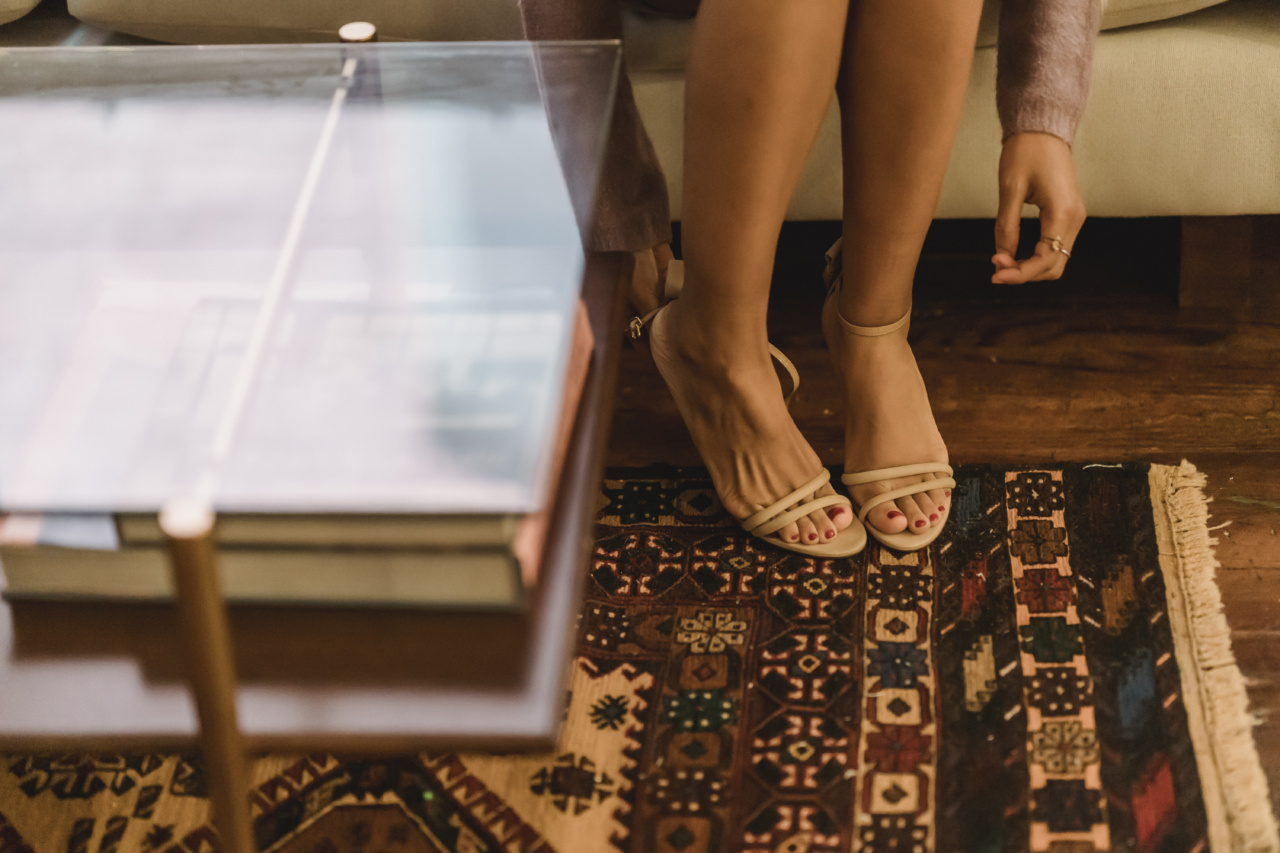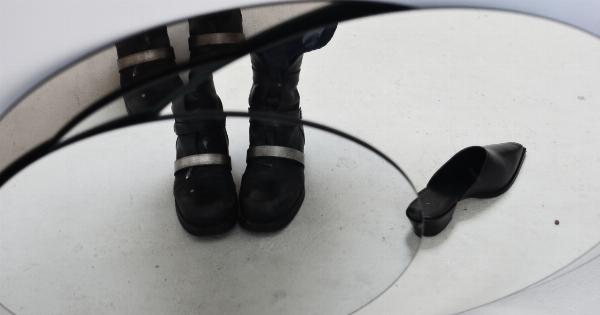High heels are a staple in most women’s wardrobes. They can instantly elevate your style and boost your confidence. However, wearing high heels regularly can take a toll on your feet, causing discomfort and potential long-term damage.
To ensure that you can continue to rock your favorite heels without sacrificing your foot health, here are some essential high heel care tips:.
1. Invest in the Right Size and Fit
One of the most crucial aspects of high heel care is choosing the right size and fit. Ill-fitting shoes can lead to various foot problems, including blisters, bunions, and even nerve damage.
When shopping for heels, always try them on and ensure that there is enough room for your toes to move comfortably. Avoid cramming your feet into shoes that are too small or narrow.
2. Opt for Quality Materials
The material of your high heels can greatly impact your foot comfort. Synthetic materials, such as plastic or vinyl, can cause your feet to sweat and lead to blisters.
Instead, look for heels made from genuine leather or soft suede, as they offer better breathability and flexibility. These materials will also mold to the shape of your feet, providing improved support.
3. Break Them In
New shoes, especially high heels, can be stiff and uncomfortable initially. It is essential to break them in gradually to prevent unnecessary foot pain and discomfort.
Wear your new heels around the house for short periods before taking them out for a full day. This will help your feet adjust to the shape of the shoe and prevent potential blisters and soreness.
4. Use Cushioning and Supportive Insoles
To mitigate the impact of high heels on your feet, consider using cushioning and supportive insoles. These inserts provide extra padding and support, reducing the pressure on the balls of your feet and heels.
Look for gel or foam-based insoles designed specifically for high heels. They will help absorb shock and prevent foot fatigue, allowing you to wear heels for more extended periods.
5. Stretch and Strengthen Your Feet
Regularly stretching and strengthening your feet can help minimize the risk of injury and improve your overall foot health. Simple exercises like toe curls, heel raises, and calf stretches can alleviate tightness and prevent muscle imbalances.
Additionally, using a tennis ball or a foam roller to massage the soles of your feet can relieve tension and increase flexibility.
6. Alternate Your Footwear
Wearing high heels every day can put excessive strain on your feet and increase the chances of developing foot problems. To give your feet a break, alternate your footwear choices.
Instead of wearing heels consecutively, rotate them with flats or shoes with lower heels. This practice will allow your feet to rest and recover, reducing the risk of chronic foot pain or conditions.
7. Take Regular Breaks
If you spend prolonged hours in high heels, it’s crucial to take regular breaks and give your feet a breather. Whenever possible, find opportunities to sit down and take the weight off your feet.
Even a few minutes of rest can significantly alleviate foot fatigue and prevent strain. During breaks, stretch your feet and wiggle your toes to improve blood circulation.
8. Avoid Walking Long Distances
While high heels can make a glamorous fashion statement, they are not the ideal choice for long walks or extensive physical activities. Walking long distances in high heels can cause foot pain, blisters, and discomfort.
If you have to cover a significant distance, consider carrying a pair of comfortable, foldable flats in your bag and switch into them when necessary.
9. Practice Good Posture
Wearing high heels naturally changes your posture by shifting your weight forward. To prevent back and foot pain, maintain good posture while wearing heels. Engage your core, keep your shoulders back, and walk with smaller steps to maintain stability.
Correcting your posture will also allow your feet to distribute the load more evenly, reducing the strain on specific areas.
10. Regularly Check Your Feet
Keep a close eye on your feet for any signs of discomfort, pain, or changes. Check for blisters, calluses, redness, or swelling after wearing high heels. If you notice any abnormalities, take immediate action to address the issue.
Applying moleskin pads or bandages to potential problem areas can prevent further damage and alleviate discomfort.






























